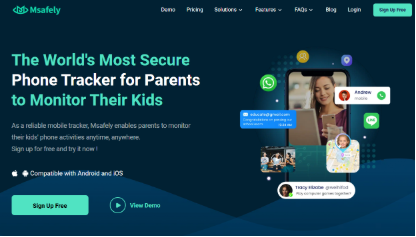Technology continues to reshape how businesses operate – from streamlining everyday tasks to supporting employee well-being. As businesses adapt to hybrid models and shifting employee expectations, tech-enabled offices are becoming not just more efficient, but also more human-centered. Here’s how integrating the right solutions can help modernize your workspace, and future-proof your business in the process.
What makes your office “smart”?
A ‘smart’ office is one that uses AI, cloud platforms, and IoT (Internet of Technology) to improve how it uses space, energy, and resources. For example, automated lighting, room scheduling, and temperature control are all not only more efficient, but can be fine-tuned to save energy and boost comfort when you actually need it. And the key to a well-run smart office is ‘connection’ – all of these systems rely on robust connectors to ensure seamless communication between devices and platforms so that your tech ecosystem is integrated and responsive.
Design for employee health and wellbeing
Technology is only one part of creating a truly modern workspace. Design can play a major role in employee well-being and productivity. Ergonomic desks and chairs for physical comfort, flexible layouts, and biophilic features like indoor plants and natural lighting can both boost morale and reduce fatigue. Providing dedicated relaxation and quiet areas, alongside calming color schemes, are also a great way to help employees recharge and reset.
Keep your hybrid teams connected
Hybrid work is here to stay, and the right tools will help your business and employees get the most out of its productivity and efficiency benefits. Tech such as cloud storage, video conferencing platforms, and collaboration software enable all employees, whether working remotely or on-site, to easily communicate and work in real time.
But remember than creating a smooth hybrid experience requires more than just tools; it’s about integrating this tech into daily routines and ensuring that’s it accessible to everyone.
Overcoming barriers to tech adoption
Investing in the right technology pays off in better efficiency, retention, and flexibility. But despite these clear advantages, you can face initial hurdles when first adopting new systems. High costs, steep learning curves, and fear of disruption can slow progress. To overcome these barriers, it helps to start small – for example, provide basic staff training so that people are confident on how to use the tools, and work with vendors who offer strong customer support.
A smarter office starts here
Modernizing your workplace with the right tech isn’t just about keeping up with trends. Businesses have an opportunity to create a more efficient, inclusive, and future-ready environment. By ensuring everyone stays connected, and prioritizing both people and processes, you can build a workspace that works better for everyone.














